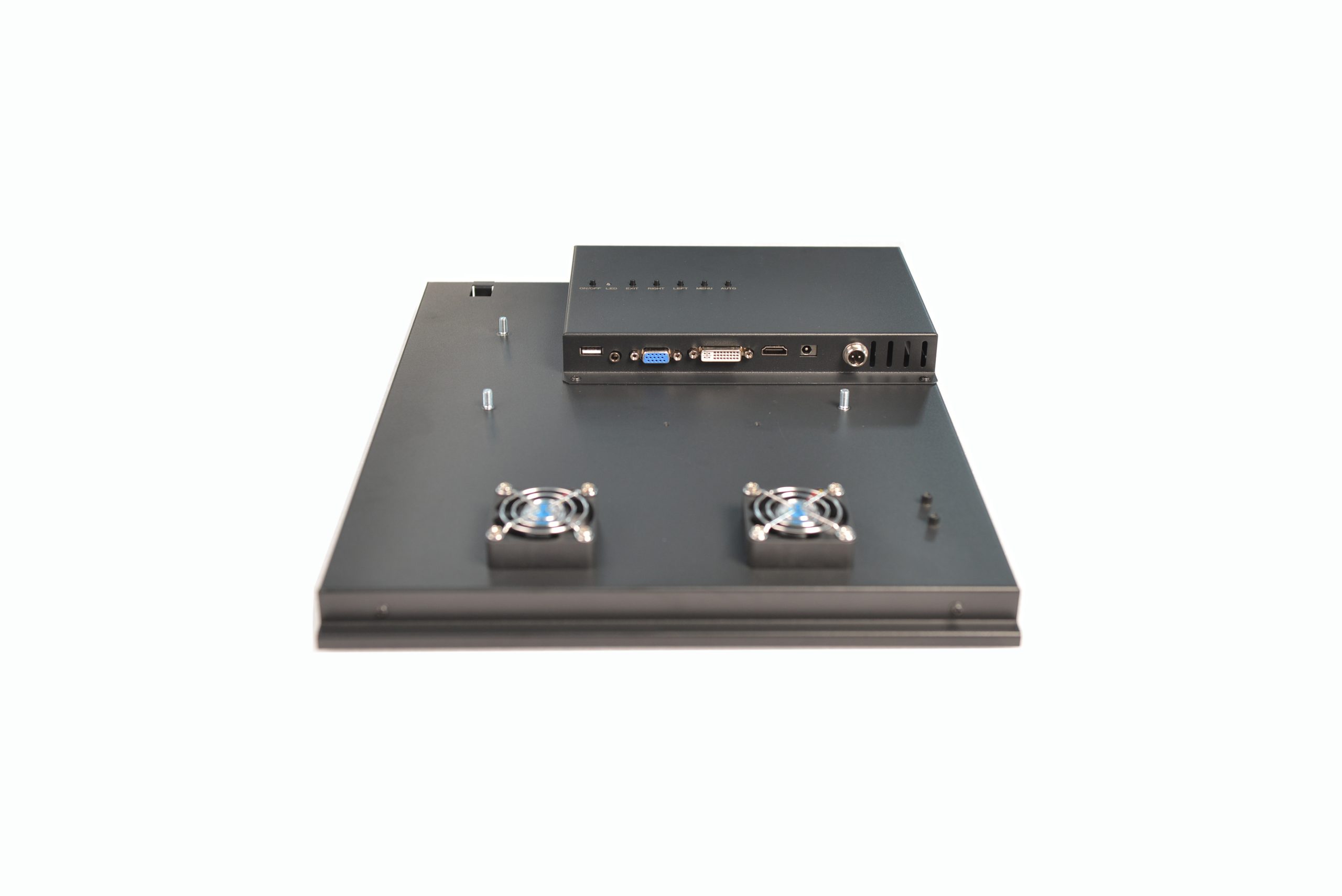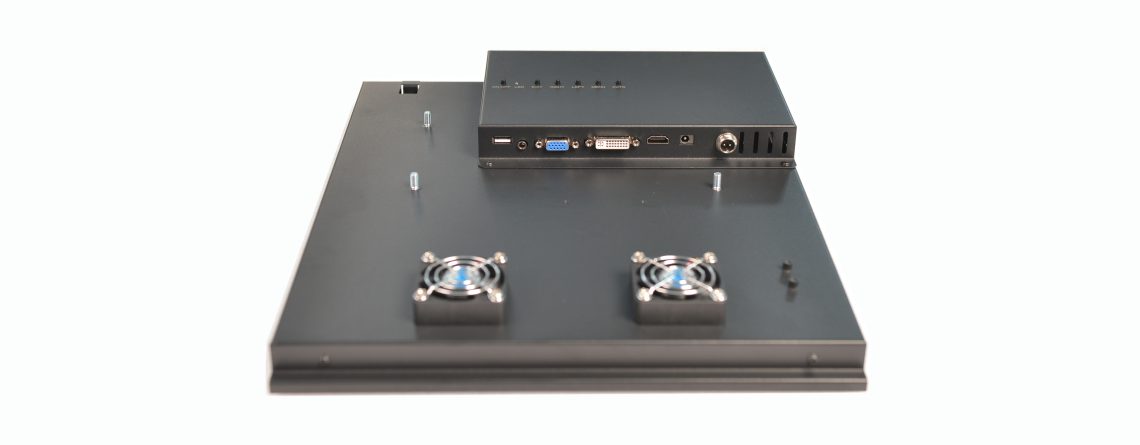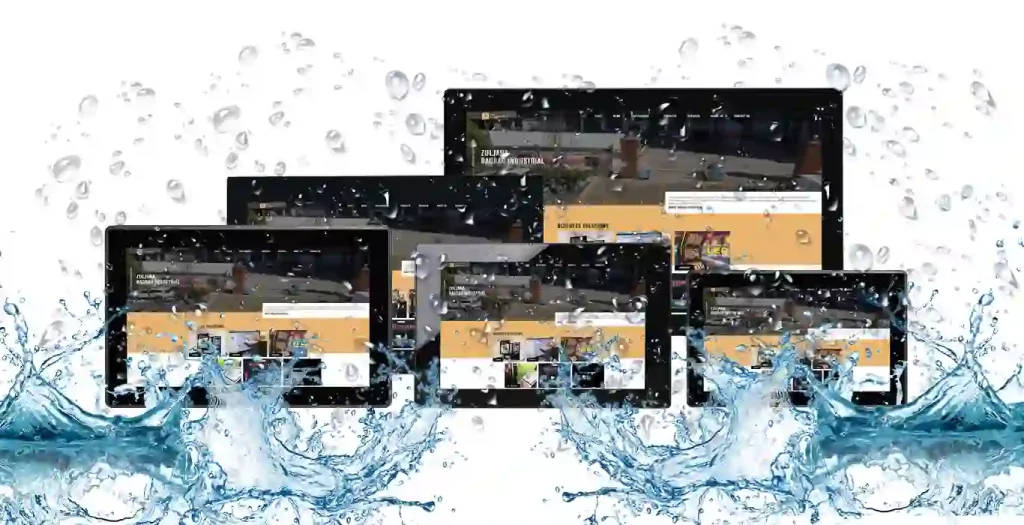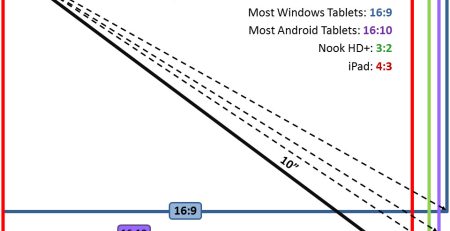With the development of society, TFT-LCD liquid crystal display or liquid crystal display has gradually become a popular choice for a variety of applications. However, LCD monitors can be divided into two types: industrial grade and consumer grade. While both types of monitors offer excellent display quality, their designs differ. Industrial LCD Monitors are commonly deployed in locations such as factories, outdoor kiosks, digital signage, military and naval applications, food processing, and hospitals. Consumer monitors, on the other hand, are typically used in office and home environments.

Here are some comparisons of Industrial LCD Monitors and Consumer Monitors:
Readability issues
Although consumer LCD monitors are still clearly visible under normal lighting conditions, the situation is different if they are placed outdoors in direct sunlight. When using it outdoors, you may find that the screen goes black or looks dull. Industrial displays have some ways to deal with this problem. If you want to ensure the visibility of your screen, especially in outdoor applications, the daylight readability feature is one of the options for industrial monitor accessories with integrated high-brightness LCD screens. This type of LCD display has high brightness and high contrast ratio, which provides better readability.
Durability
Since industrial LCD monitor is designed for harsh and rugged applications, you can expect these monitors to have better durability than consumer-grade monitors. This is one of the first things that differentiates industrial and consumer LCD monitors. This includes resistance to shock, vibration and temperature changes. Some industrial-grade LCD monitors also meet various standards such as NEMA and IP ratings for water and dust protection. Therefore, industrial LCD displays have specific protection measures even if they are immersed in water.
Custom design
With consumer LCD monitors, you get standard features offered by specific brands and product models. However, when you use industrial LCD monitors, you can customize it as per your specifications. This ensures that the device meets the requirements of any application. This includes size as well as various features you wish to integrate, such as touch screen capabilities, display quality, screen resolution, wide viewing angles, wide operating temperatures, etc.
High-quality components
Another advantage of industrial displays is the use of industrial-grade components. Such products are more durable and can withstand challenging conditions such as extreme temperatures, shock and vibration. Better components also improve image quality and the overall performance of the device. Meanwhile, consumer LCD monitors use components of average quality, especially mid-range components, as they are typically deployed in office and home environments.





